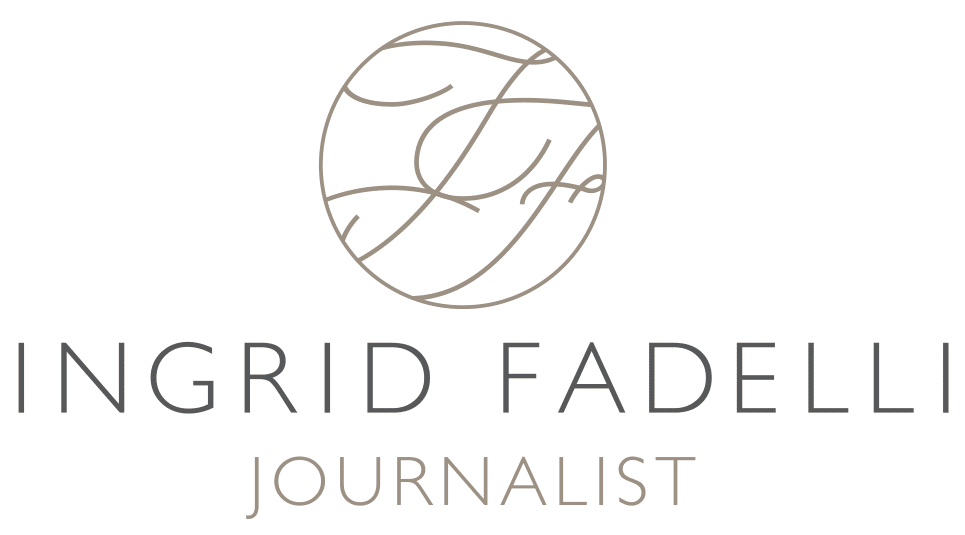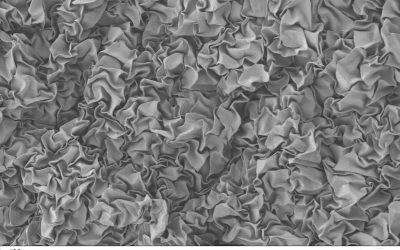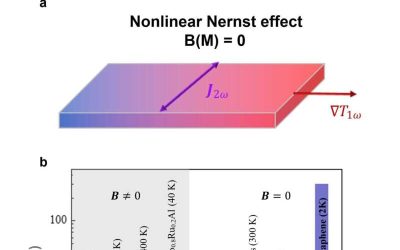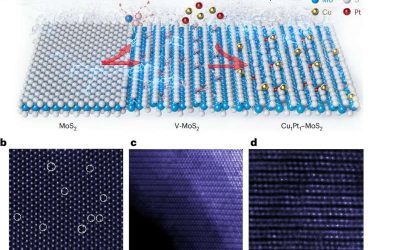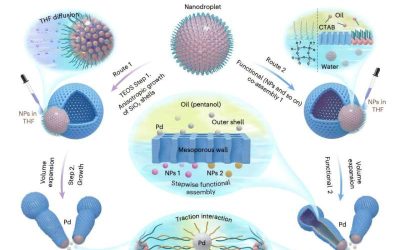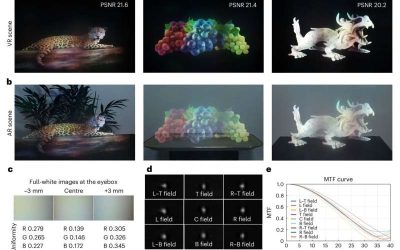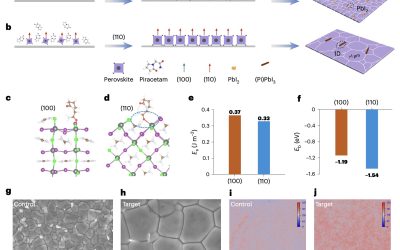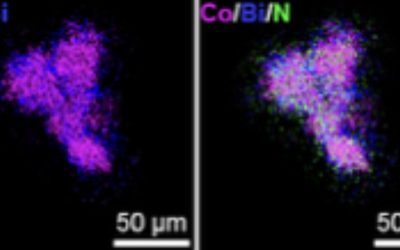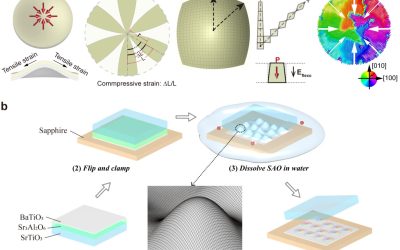The reliable separation of some gases from others could be highly advantageous for a wide range of applications. For instance, it could help to produce hydrogen (H2) for fuel cells and chemical applications or to capture the carbon dioxide (CO2) emitted by industrial...
Nanotechnology
The first observation of a giant nonlinear Nernst Effect in trilayer graphene
The generation of electricity from heat, also known as thermoelectric energy conversion, has proved to be advantageous for various real-world applications. For instance, it proved useful for the generation of energy during space expeditions and military missions in...
New approach reversibly configures single and heteronuclear dual-atom catalysts on MoS₂ substrate
Single-atom catalysts (SACs) are materials consisting of individual metal atoms dispersed on a substrate (i.e., supporting surface). Recent studies have highlighted the promise of these catalysts for the efficient conversion and storage of energy, particularly when...
Self-stirring nanoreactors enhance reaction efficiency for chemical synthesis
Recent technological advances have opened new possibilities for the efficient and sustainable synthesis of various valuable chemicals. Some of these advances rely on nanotechnologies, systems or techniques designed to design and study materials or devices at the...
Single-layer waveguide display uses achromatic metagratings for more compact augmented reality eyewear
Augmented reality (AR), the technology that overlays digital content onto what users see around them in real-time, is now widely used in the retail, gaming and entertainment industries, as well as in some educational settings and learning environments. A key component...
Crystal-modifying agent piracetam provides scalable strategy for high-efficiency all-perovskite tandem solar cells
All-perovskite tandem solar cells (TSCs) are a class of solar cells comprised of two or more sub-cells that absorb light with different wavelengths, all of which are made of perovskites (i.e., materials with a characteristic crystal structure known to efficiently...
Nanoparticle-cell interface enables electromagnetic wireless programming of mammalian transgene expression
Recent technological advances are fueling the development of cutting-edge technologies that can monitor and control physiological processes with high precision. These include devices that could control the expression of genes within living organisms, without requiring...
A recently realized ferroelectric topology in nanomembranes enables light field manipulation
Ferroelectrics are a class of materials that exhibit so-called spontaneous electric polarization, which is the separation of electric charges that can be reversed when an external electric field is applied to them. The dipole moments (i.e., pairs of equal and opposite...
Carbon nanotube-based strain sensor can detects deformations in multiple directions
Over the past decades, electronics engineers developed increasingly small, flexible and sophisticated sensors that can pick up a wide range of signals, ranging from human motions to heartrate and other biological signals. These sensors have in turn enabled the...
Pt nano-catalyst with graphene pockets enhances fuel cell durability and efficiency
The manufacturing and deployment of hybrid and electric vehicles is on the rise, contributing to ongoing efforts to decarbonize the transport industry. While cars and smaller vehicles can be powered using lithium batteries, electrifying heavy-duty vehicles, such as...
